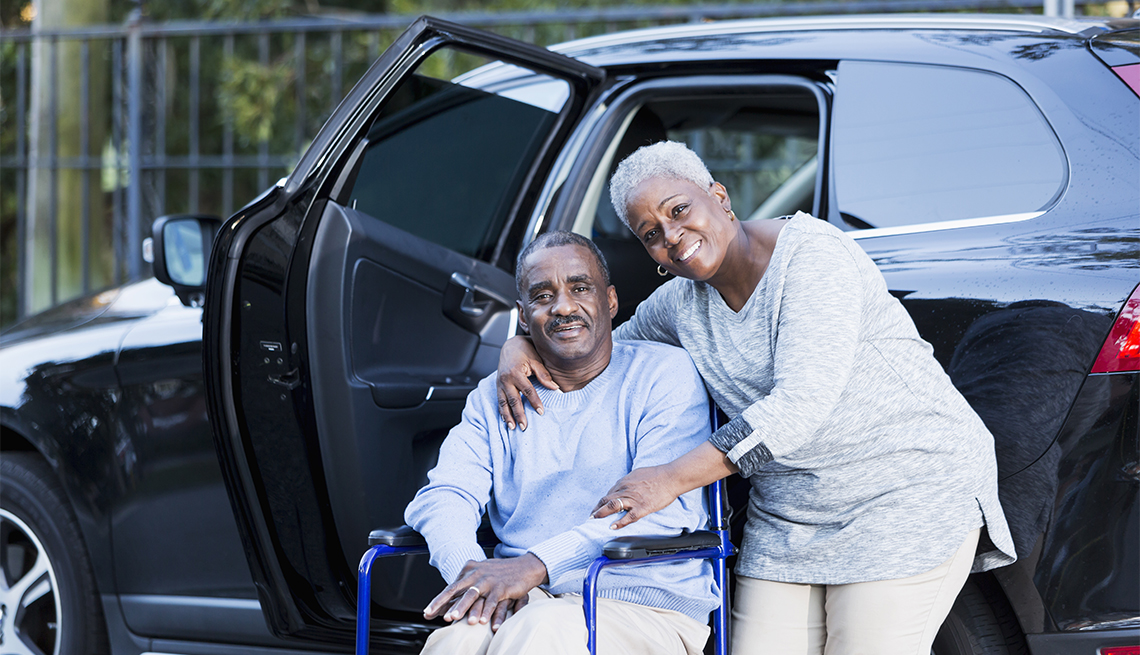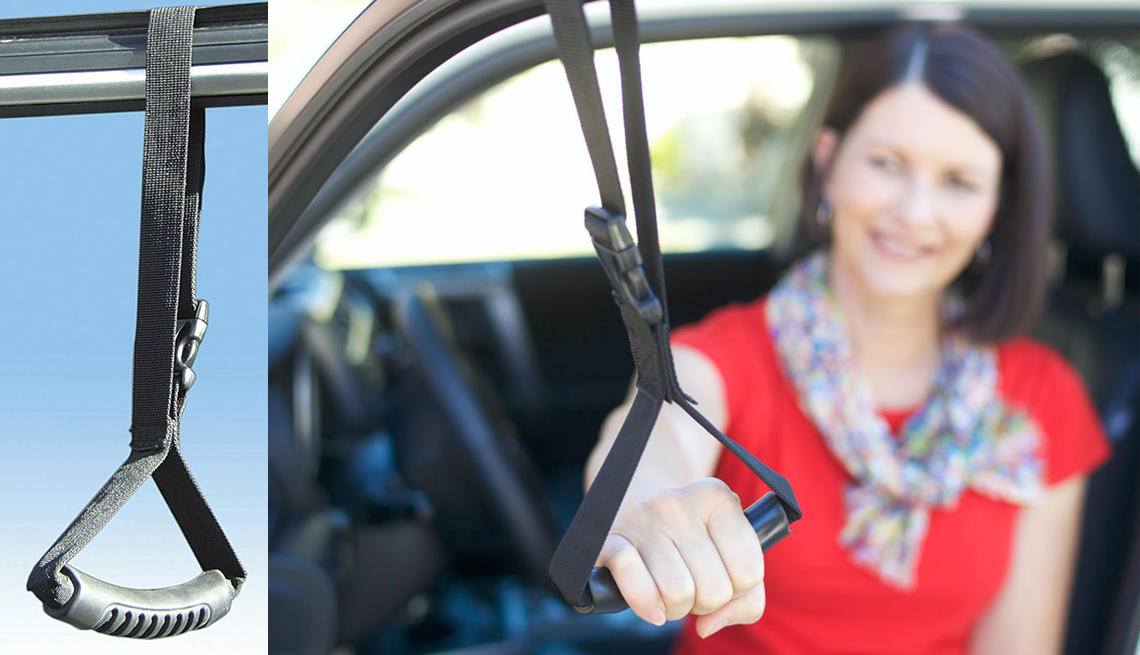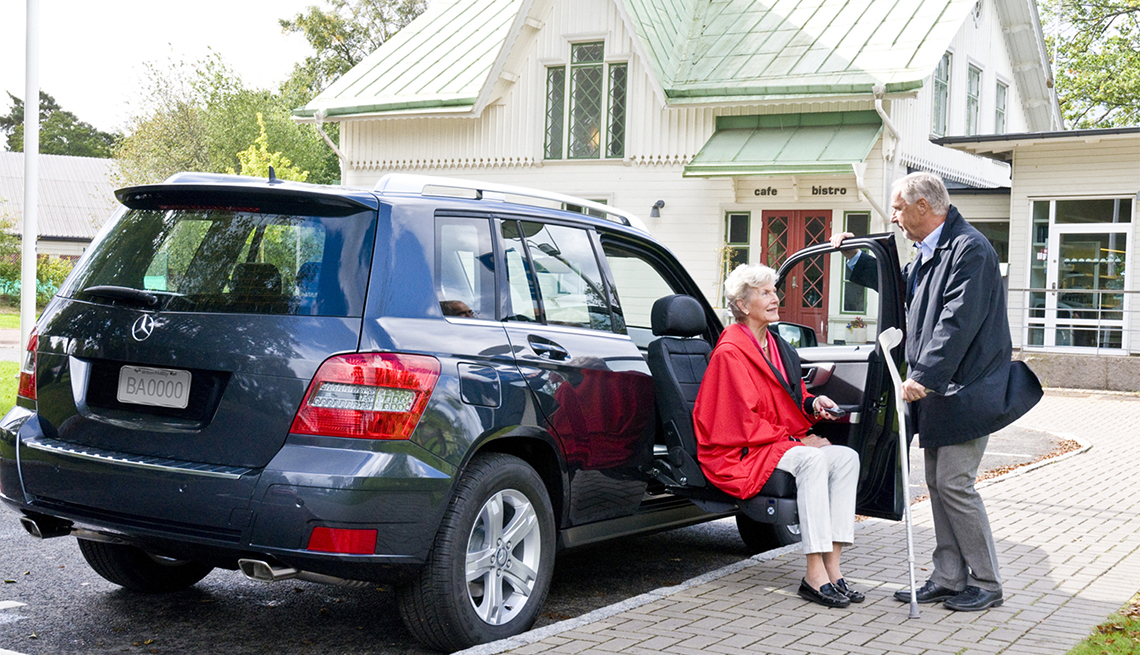5 Ways to Make Your Car More Accessible
Accessories to ease transporting mobility-challenged loved ones can cost as little as $10 or $20
En español | Sometimes caregivers have to step in to provide transportation for people who face mobility challenges, whether they are full-time users of wheelchairs, get around with walkers, use a cane, or merely are a bit stiff and grateful for a hand.
For many older adults and people with disabilities, the simple act of getting into or out of a vehicle can be “quite difficult,” says John Schall, chief executive of the nonprofit Caregivers Action Network. He notes the strain that can come with “turning the body to get the legs out, then leaning on the door handle for balance, and getting away from the car” into a wheelchair or walker.
The good news is that several devices easily found in stores and online can considerably ease that strain for people with mobility problems, and for their caregivers.
These portable, inexpensive tools are “a good starting point” for making cars more accessible, although users might eventually need to graduate to more permanent solutions, says Cassy Churchill of Winamac, Indiana-based BraunAbility, which makes and sells a range of mobility equipment and modified vehicles.
An occupational therapist can help you find the safest and most appropriate gear to help your loved one, she adds.
- |
- Photos
Freelance writer James R. Healey was auto writer and columnist for USA Today.
Editor's note: This article was originally published on November 20, 2019. It's been updated to reflect new information.
Car features to make caregiving easier
If you’re looking for a new vehicle that sometimes will be used to transport a loved one with mobility problems to doctors’ appointments or physical therapy, here are some features to consider:
Starting out
• Keyless entry so the driver isn't fumbling with door locks and can pay more attention to the passenger
• Electric locks, windows and child-safety doors that allow the driver to control opening and closing and so a patient with dementia doesn't open a door unexpectedly
• Easy-to-access cargo space for walkers or wheelchairs and groceries. Vehicles with hands-free lift gates can save wear and tear on a caregiver's back.
Sitting down
• Higher seats to make it easier to get into and out of the car
• Adequate leg room — and space between the seat and door frame — to make swinging legs into the car easier. This is especially true if you want to transport your loved one in the back seat.
• Reclining front and back seats so users can lie back a little while swinging their legs in
• Electric seats to help a driver move the seat forward to provide more back-seat room
• Heated or cooled seats, depending on your climate. Remote start, which can allow a car to warm or cool before you start the trip, also is an option.
Transporting
• Hands-free navigation assistance for directions to new doctors or alternative routes when you’re stuck in traffic
• Apps and Bluetooth connectivity so you can have music that’s soothing to the passenger on the trips.
• Electronic parking assistance if you need to parallel park or deal with parking garages.As of May 2018, all new vehicles sold in the U.S. must have backup cameras, so make sure to take advantage of that feature to keep from backing over equipment you forgot to stow away.
— Amy Goyer, AARP






